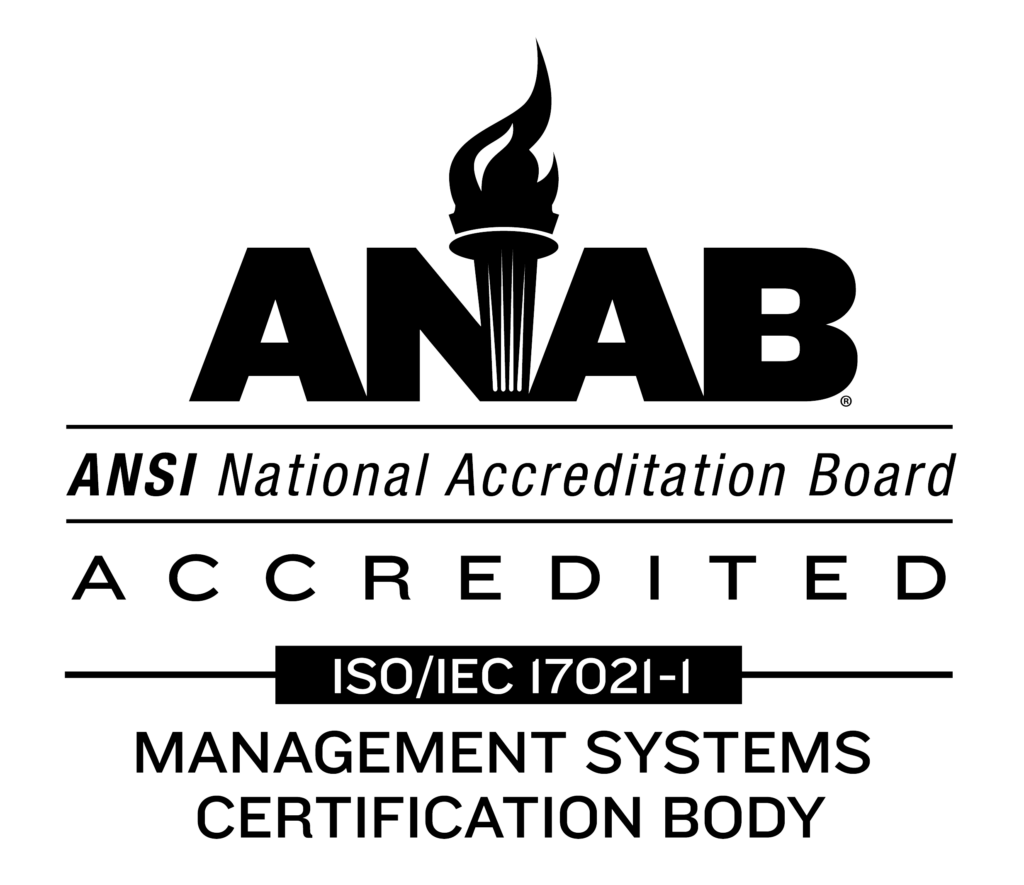The oil and gas industry has faced transformational potential in the last several years. As a critical piece of infrastructure for nearly every industry – and the economy – it’s ability to keep pace with the lightning rate of technological upheaval has been challenged. The convergence of IoT, the Cloud and Big Data has created a whirlwind of possibilities, but the major challenge will be whether the industry can successfully unify its data collection and transport at the necessary scale.
There are several factors that will determine the ultimate success of this data: hardware capable of handling the consistently rugged environment, reliable connectivity, a general consensus on the best programming language for widespread use, and the applications capable of transforming Big Data into Smart Data.
Rugged Hardware
Most well pads are set in remote environments where the conditions are rugged or downright extreme. Not only are RF communications greatly affected by these conditions, but as the connectivity shifts toward (potentially) remote WiFi, then the devices must not only be more sophisticated, but that sophistication must be ruggedized as well. We recently published a case study that shows how our radios held up in a cool use-case in Antarctica for data collection in an extremely harsh environment. Granted, most oil companies are not looking Antarctica as a possible drilling location, but the visual does a good job of showing just how rugged the hardware needs to be. It cannot fail when delivering data to companies, as that data is more important than ever.
Reliable Connectivity
There are several different methods for connectivity at remote locations, but two that are gaining ground on traditional systems are Frequency Hopping Spread Spectrum (FHSS) and WiFi. Of the two, WiFi faces the greatest obstacles because it relies on several different transfer or booster points, but its strengths as a transport method are starting to outweigh some of those challenges. FHSS has been around for quite a while, but the technology, surprisingly, is still somewhat misunderstood. The ripple effect from its applications are felt throughout many industries, but the key differentiators are its consistency and reliability.
Programming Languages
Today, there is hardware on the market that is capable of putting proprietary, third-party applications at the edge. But, in order for these apps to be effective, the industry needs to find the programming language that best serves the need. It’s similar to when personal computers were first hitting the market. Each PC company wanted its computer to run its own kind of software, but the industry ultimately realized that best chance for success was to create a standard. Since then, even though open source is still a critical piece of software development, most PCs and other platforms can basically run the same kind of software. This same approach to standardization needs to be taken with programming languages or the battle for supremacy will continue to fracture an industry at a time when it needs cohesion for maximum growth.
Edge Applications
Speaking of finding a unified programming language, the result of that will be an explosion of applications that can be deployed on the aforementioned hardware. Once companies have the ability to create these applications to fit specific needs, then they will be able to take Big Data and turn it into Smart Data. A hallmark of the Industrial IoT, and what separates it from basic machine-to-machine communication, is the intelligence. Smarter applications means smarter data means more efficiency. Many of these platforms are still in their infancies, but we’ve seen evidence of a strong groundswell bringing these to the forefront.
Ultimately, if these four components can come together in the right way, the oil and gas industry will be able to reap the benefits. And, frankly, they will be reaping these benefits long before other industrially oriented markets. Aligning these needs is not easy, but the potential exists as long as oil and gas companies embrace the disruption and unify the data.





